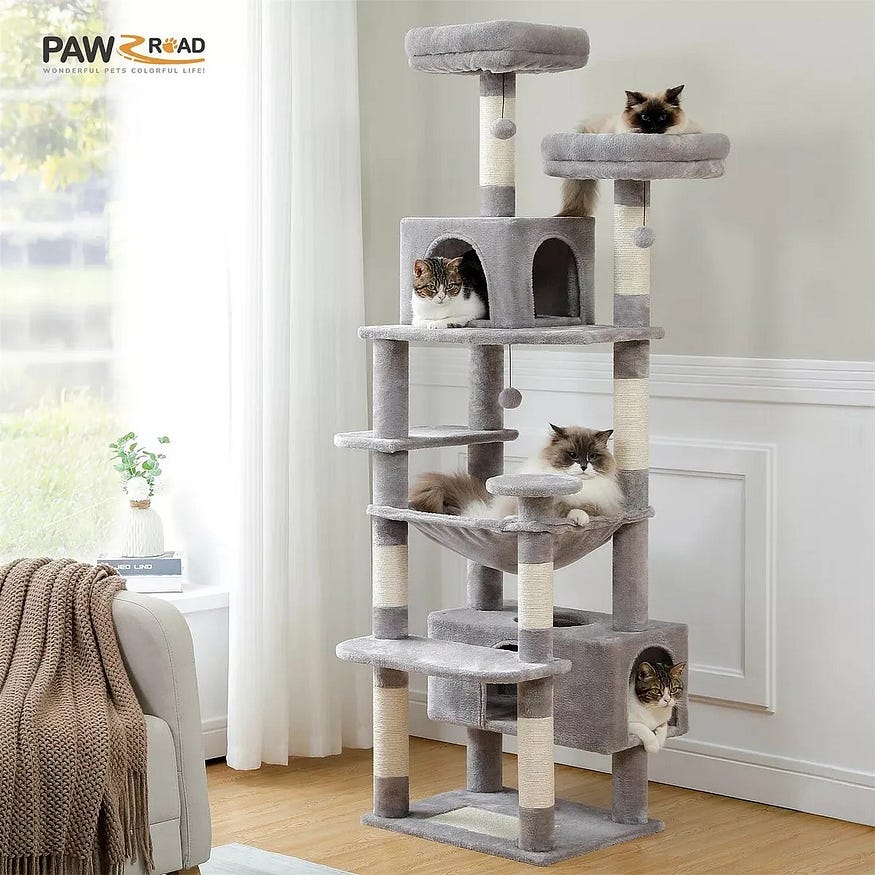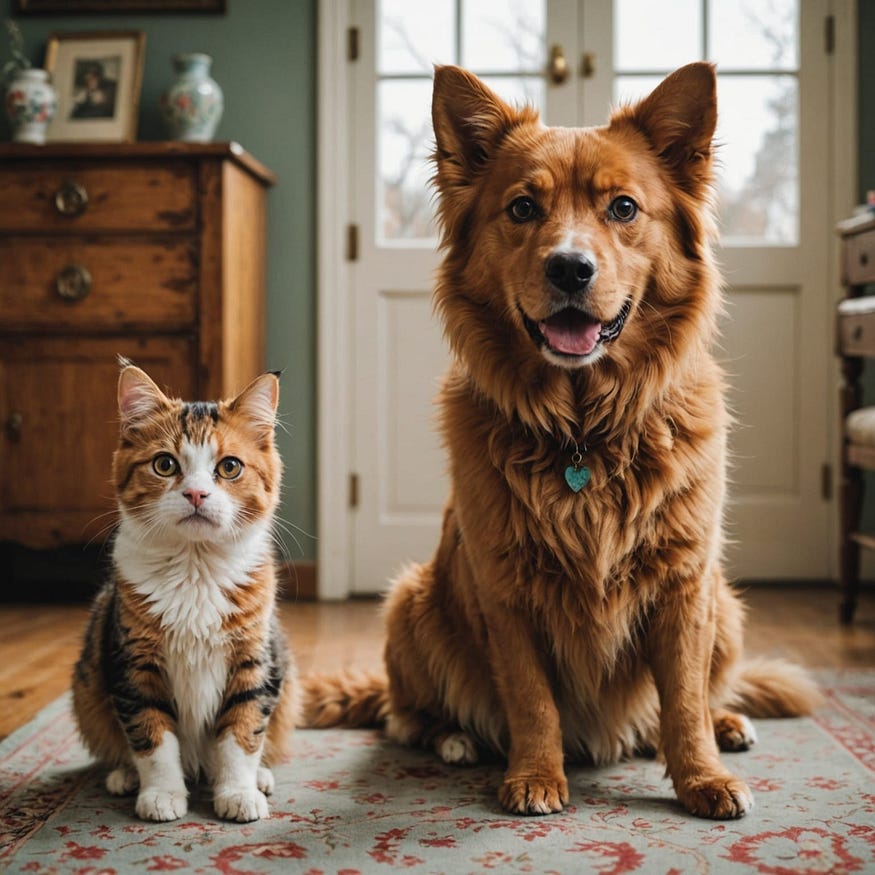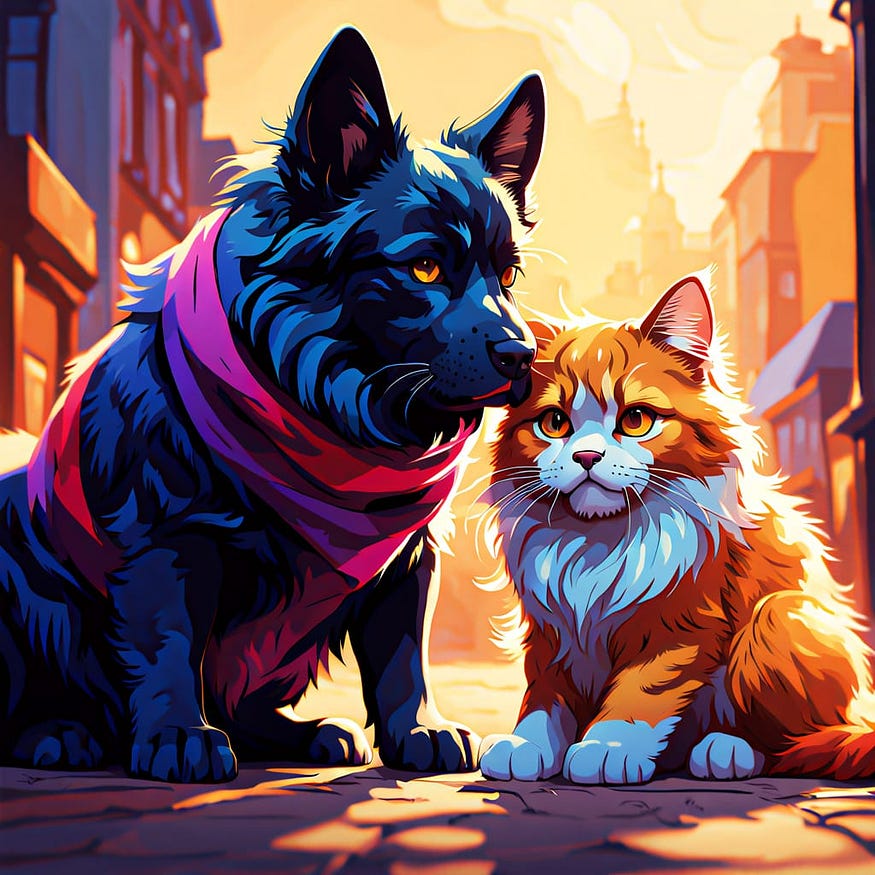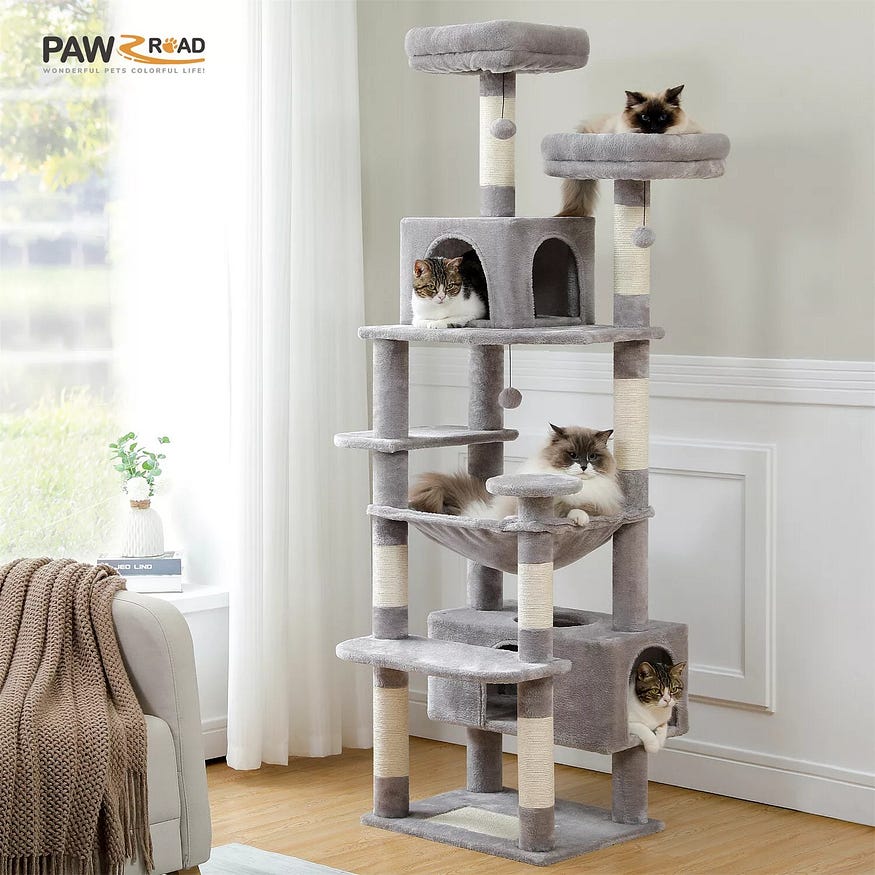Discover How Your Ideal Companion Reflects Your Personality. The Type of Pet You Choose Can Reflect Your Lifestyle, Values, and Your Character

This post can be read on Medium
Written by Xena
Do you prefer cats, dogs, or perhaps both? Our fondness for these furry companions often reveals more about us than we might expect.
What Your Pet Choice Says About You
The type of pet you choose can reflect your lifestyle, values, and worldview. As someone who once cared for both cats and dogs — and currently shares life with five cats — I’ve observed some fascinating patterns about the personalities of cat lovers versus dog lovers.
Traits of Cat Lovers
Unlike dogs, cats are known for their independence, elegance, and mystery. People who favor cats tend to be more introspective and open-minded. Here are some common traits among cat enthusiasts:
- Self-Reliance and Reflection: Cat lovers often enjoy solitude and value quiet moments for introspection. This may relate to the fact that cats decide on their own terms when they want to socialize.
- Aesthetic Sensitivity: Admiring a cat’s grace often goes hand in hand with an appreciation for art, music, and culture. Cat lovers usually have a keen eye for style, which is visible in their fashion choices, home decor, and hobbies.
- Practicality: Many cat owners are practical and appreciate the flexibility cats offer. In urban settings with limited space and a fast pace of life, a cat can be the perfect companion.
- Confidence and Independence: Inspired by their pets’ independent nature, many cat lovers are decisive and confident about their choices.

Traits of Dog Owners
According to some studies, dog lovers are generally more energetic, outgoing, and cheerful than cat enthusiasts. Dogs, as social animals, also tend to reflect these traits in their owners:
- Active and Adventurous: Dog owners often lead dynamic lives. Regular park runs, social walks, and meet-ups with other pet owners help them maintain a high level of physical activity and a zest for new experiences.
- Sociability: Since dogs thrive on interaction, their owners usually value community and engagement. They are the ones who attend local events, participate in group activities, and often volunteer, strengthening their interpersonal connections.
- Empathy and Loyalty: Known as man’s best friend, dogs inspire feelings of responsibility and unconditional love in their owners. This often translates into a caring and empathetic nature toward family and friends.
- Practical Organization: Caring for a dog requires planning daily activities and managing time effectively. As a result, dog owners often develop strong problem-solving skills and efficiency in daily life.

Bridging Personal Preferences
While these descriptions are general, they highlight distinct lifestyles and priorities. Dog owners tend to be socially active and energetic, whereas cat lovers often appreciate artistic expression and personal space for growth. However, both groups share a deep love for animals and a commitment to their well-being.
How to Choose the Right Pet for Your Personality
If you value aesthetics and cherish your quiet time, a cat might be the ideal companion. On the other hand, if you’re active, outgoing, and love spending time outdoors, a dog could be the perfect partner. Your pet choice often mirrors your personal values and lifestyle, enriching your life in unique ways.
Conclusion
Whether you’re a devoted cat person or an enthusiastic dog lover, your choice of pet reveals important aspects of your lifestyle and values. While cat owners might be seen as thoughtful and independent, dog owners often exude warmth and sociability.
In the end, having a pet — be it a cat, a dog, or both — brings joy to our lives and strengthens our connections with others. Remember, the decision to welcome a pet should be carefully considered and tailored to your personal needs, as it is the love for these animals that ultimately unites us all.
https://www.catdogwrld.com/2025/03/cats-as-health-detectors-myth-or-reality.html
https://www.catdogwrld.com/2025/03/cat-paw-injury-treatment-trusted.html
If you want to support my work, buy me a coffee for $1 by clicking the link below. This is a small amount for you, but this means a lot to me!
Greetings, and until my next article!
Xena



































